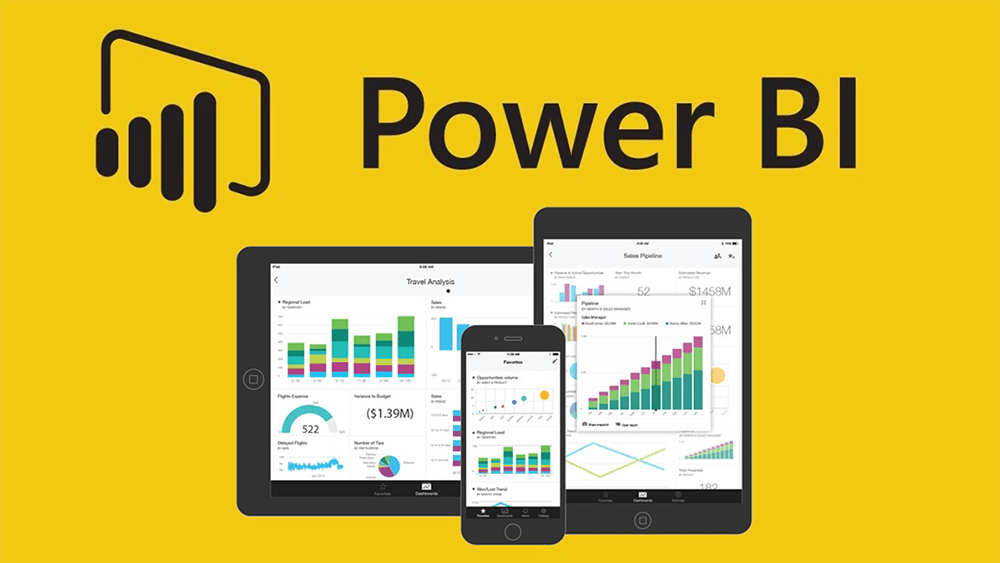Personal Career & Learning Guide for Data Analyst, Data Engineer and Data Scientist
Power BI is a powerful business intelligence tool that helps organizations to visualize and analyze data in an interactive and meaningful way. One of the key benefits of Power BI is its integration with Microsoft Excel, which is one of the most widely used data analysis tools. In this article, we’ll provide a layman’s overview of the Power BI and Excel integration and how it can benefit organizations.
- Importing Data from Excel
Power BI allows users to import data from Excel into the Power BI platform. This makes it easy to bring data from Excel into Power BI, where it can be visualized and analyzed in a more meaningful way. With the Power BI and Excel integration, users can easily import data such as sales data, customer data, or any other data that is important to their organization.
- Creating Reports in Excel
With Power BI and Excel integration, users can create reports in Excel and then import them into Power BI. This makes it easy to create reports that are customized to meet the specific needs of an organization. Users can also create reports in Power BI that are based on data from Excel, allowing them to take advantage of the powerful visualization and analysis tools in Power BI.
- Sharing Data between Power BI and Excel
Power BI and Excel integration makes it easy to share data between the two platforms. With the integration, users can create reports in Power BI that are based on data from Excel, and then share the reports with others in their organization. This makes it easy to collaborate and share insights and analysis, and helps organizations to make better-informed decisions.
- Power BI and Excel Data Connections
With the Power BI and Excel integration, users can create data connections between Power BI and Excel. This allows data to be updated in real-time, so that users always have access to the latest information. With the data connections, users can also automate the data refresh process, so that data is updated automatically on a regular basis.
- Power BI and Excel Collaboration
The integration between Power BI and Excel makes it easy for users to collaborate and share insights and analysis. With the integration, users can create reports in Excel that are based on data from Power BI, and then share the reports with others in their organization. This helps organizations to make better-informed decisions and ensures that everyone has access to the latest information.
In conclusion, the integration between Power BI and Excel is a powerful combination that provides organizations with a flexible and effective way to visualize and analyze data. With the integration, organizations can import data from Excel into Power BI, create reports in Excel and Power BI, share data between the two platforms, create data connections, and collaborate with others in their organization. Whether you need to present data in a visual format, analyze data, or collaborate with others, the Power BI and Excel integration provides the tools you need to succeed.
Power BI Tutorials : Power BI – Excel Integration
 Loading...
Loading...
Disclaimer: The information and code presented within this recipe/tutorial is only for educational and coaching purposes for beginners and developers. Anyone can practice and apply the recipe/tutorial presented here, but the reader is taking full responsibility for his/her actions. The author (content curator) of this recipe (code / program) has made every effort to ensure the accuracy of the information was correct at time of publication. The author (content curator) does not assume and hereby disclaims any liability to any party for any loss, damage, or disruption caused by errors or omissions, whether such errors or omissions result from accident, negligence, or any other cause. The information presented here could also be found in public knowledge domains.
